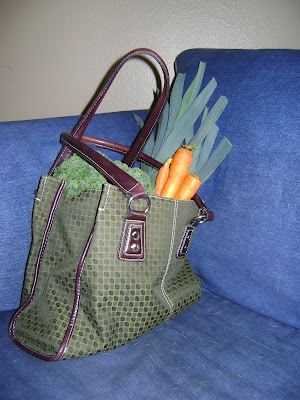Ha! My friend just moved to Seattle and found a cycling group that goes by the title name of this post.
I
looooove cycling. I still think back on my first bike, a purple and white beauty with
tassels, a basket, and unicorn stickers. My dad ran alongside me down a little grassy hill to get me the momentum and confidence to wobble a few good pedal-pushes before realizing he'd let go and tumbling to the ground.
Corvallis is a delightfully cycle-friendly town. There are bike lanes, bike shops, and bike racks all over the place. It's to the point that when I turn down a street without a designated place to ride I am surprised and quickly change streets (I suppose the city planners want it that way). Though I would ultimately like to move out of town and into a quieter, more open space, I do enjoy the fact that pretty much all of Corvallis is easily accessible by bicycle.
So I have opted to be a bike commuter.
I have done so before with mixed results. When living in Washington I cycled to meetings around campus, but on the warmer days I found that I sweat too much on the hills to arrive at business meetings sans
stinkiness. When I lived in
Moab the commute was flat, but the 110 degree weather made me HATE the outdoors (and I really did not think I COULD hate the outdoors).
Jason and I did cycle-tour New Zealand and had an amazing experience...here's a pic of my setup from there. The trailer sucked.

So with the new year and new place to live combined with a commitment to live as closely to my value system as possible, I have made one choice that will force me to at the least ride my bike to work and back - I have not purchased a parking pass for campus.
I have been at work for a week, and certainly am enjoying the decision. Its nice to have fifteen minutes to myself on the way to and from my new job. I enjoy the feeling of filling my lungs early in the morning with cool air, and seeing the sunset glowing on the horizon on my way home. My ride is about 2.5 miles each way, relatively flat, and only goes through a few major intersections. There are lots of other people out on their bikes as well, and we all smile at one another as we pass as if we are sharing some great secret that only the cyclists will understand. i see more, feel more, exercise more, and save on gas. After returning from Jacksonville last weekend I have used my car once.

Me on a ride with my old club in Utah.
That said, I live in the Pacific Northwest, and have been incredibly lucky that my commutes have not been wet. I have enjoyed dry commutes for the first 7 days since I started working. Yesterday the clouds rolled in and I know that the honeymoon will end. There will be days when the water sprays into my face from my tires and passing cars, my fingers stiff from cold and my eyes burning when I wonder "why did I choose this???"
Yeah it's not all puppy dogs and rainbows, bunny rabbits and roses, BUT the benefits far outweigh the drawbacks. I save money and gas on my already fuel-efficient vehicle. I get 30 minutes of built-in exercise per day AT LEAST. I see the world around me and miss less because I am not whizzing by. I get discounts at local businesses for 'alternative commuting.' I save money on a parking permit for campus.
Plus - I feel good about myself!
 Awwwww
Awwwww...our bikes are touching.
I do need to work on a couple of things. At the moment I am riding my
Novara, which is my road bike. It's not really meant for commuting - no fenders, no panniers or racks, and it needs tuning more often than something built for rattling over rough sidewalks and potholes. I am on the lookout for an old road bike like the one I rode in New Zealand that I can deck out with lights, fenders, and containers to hold my stuff (saw one setup recently made out of old cat little boxes that I want to emulate). I also hear that campus is a bad place to have a nice bike because of theft. So...we shall see. Am combing
Craigslist often and waiting to pounce.
Until then - happy riding to all!
PS - we are taking homemade chili to the
Superbowl party tomorrow. Go Pack!!!






























